Okay, so Nelda said the Redwines, the Blacks, and Johnson grass were going to take over Bailey County. (“If you live in Muleshoe, you might know a Redwine,” December 23, 2023). You now know about those Redwines, but what about that Black family? Well, turns out there are many families named Black in Bailey County! Some larger than others, and most are related. Let’s have a look at them.
One Black who made a name for herself at Muleshoe High School was Elizabeth Black, the art teacher. She and her husband, Dr. A.J. Black, moved from Wichita Falls to Muleshoe in 1958, and he started his optometry practice here. He died of a heart attack in 1961. Elizabeth needed a way to support their four children, John, Tommy, Beth, and Nick, so she started art classes in her home. In 1963 when her youngest son started school, she was hired by Muleshoe ISD and started an art department at the junior high and high school. She went on to earn her Master’s degree at Eastern New Mexico University and taught adult art classes on Saturdays, and at night extension classes with South Plains College. Her paintings sold well in several outlets, and were very popular at the Art Loft here. Her birthday was February 14, and at some point she began signing her work with the name “Valentine.” She retired in the fall of 1981, but touched many lives as she taught people how to express themselves through art.
Photo courtesy of Sandra Chancey
Photo courtesy of Becky Vela Albertson
Elizabeth was well known in Muleshoe, but is no relation to the other Black family who populated Bailey County in large numbers- and I do mean large numbers! That Black family started with Henry Mitchell Black who came to Texas from Tennessee in 1839. But Marilyn Black, daughter of Eugene and Gladys Black, told me the family could be traced all the way back to Scotland as a part of the Clan MacFarlane. “They got kicked out of Scotland and went to Ireland, but I’m not sure how or why they got from there to America,” she laughed, ” probably in a row boat!” She went on to say that the family was referred to as the MacFarlane Lantern clan who were known for their night time cattle raids! Apparently the moon was referred to as a lantern and in certain phases of the moon, it would be dark enough that they could raid other clan’s cattle.Records show that they first lived in Pennsylvania, then to Virginia, North and South Carolina, Kentucky, Tennessee, and finally Texas. Marilyn had no insight into when and why the family name changed to Black, but the first person she has found using the Black name was a Robert Black, born in Selkirk, Scotland in 1736, and he may have been the first, or one of the first of the family to cross the pond because he died in 1780 in Caswell County, North Carolina, was married to Elizabeth Love and would have been the great-great grandfather of Henry Mitchell Black. Plus, DNA testing done on Richard Black, son of Earl William Black, confirmed that the Black are in fact Scottish. So, Henry Mitchell Black is the Black that this story will start with.
Henry Mitchell Black was born in 1812, or maybe 1815, and died in 1878. I suspect a whole book could be written just about him, as he must have been quite the wheeler-dealer, or a rounder, as was mentioned in some of the research shared with me by Kim Black and Rita Black Morris. The story goes that as a young man he was engaged to the daughter of the mayor of an unnamed town, got into a card game with her father, lost heavily and couldn’t pay his debt, so the mayor/father ordered him to leave town before daylight. Another version, however, says Henry wound up shooting the mayor and left under cover of darkness! He was involved in Texas history during the time of Texas’ independence and scrapes with Mexico, particularly as a member of the Mier Expedition that went into Mexico. He was one of the Texans who had to draw from the infamous jar of beans and luckily drew a white bean rather than a black bean and was allowed to live. He was able to escape from Mexico where he had been allowed out of prison to work for a wealthy Mexican family. One of the daughters was sweet on him and helped him escape. He might have fought at San Jacinto, and he did know Sam Houston, which leads to the family legend that General Houston was visiting when one of Henry’s babies was about to be born and asked that the child be named after him. So, one of Henry’s children is indeed Sam Houston Black, born in 1859. Henry had three wives, and I came up with more than one list of his children, some which might have been children that came with the marriage to the later two wives. One list had Sam, Alfred, Frances Barnes, Edgar Edward, Arthur Perry-known as Ott, Eldridge Forrest, Harriet Effie, and Mary Bell. Another list shows William Newton, Ellen, Thomas Anthony, Sam Houston, Edgar Dewey, Arthur Perry Ott, Eldridge F., Harriet Effie, and Mary Bell. Take your pick.
Just a side note-Mary Ann Parmer, Henry’s first wife, was the daughter of Martin Parmer, who had been a delegate to the convention of 1836 at Washington on the Brazos. Parmer County, here next to Bailey County, was named in honor of him.
But I digress.
Besides the many land deals Henry was involved in, he owned and operated a stage coach line that ran from north of Dallas to the Pecos River, stopping at Fort Belknap, Fort Griffin, and others. The stage coaches carried passengers, but also took supplies and mail to the forts and other stops and then would load up with buffalo hides to take to Fort Worth. A replica of one of those stage coaches in on display at The Fanthorp Inn at Washington on the Brazos, Texas, another way Henry was involved in early Texas politics. The Inn was one of the stops on the route, and men who drafted the Texas Declaration of Independence had stayed at the inn. Original ledgers were found there in which Henry had written the names of drivers and posted records of the horses being stabled there.
Photo courtesy of the Black family
Henry bought a livery in Palestine, Texas, around 1850, probably to stable the horses that pulled his coaches. At some point, Henry sold the stage coach line to Butterfield, and he got into the freight and shipping business along with ranching.
When Henry died in 1878, his third wife, whom he had married when she was seventeen, remarried and their children didn’t get along with the new stepdad, so son Sam left home, gathered cattle that were free grazing on unfenced land owned by the railroads, and started his own ranches in Colorado and Texas. Sam had also earlier driven his father’s stage coaches, herded cattle over the Chisholm Trail, and worked as a cook on buffalo hunts.
Sam Houston Black
Photo courtesy of Marilyn Black
Sam married Mollie Ellen Barnett in 1880 and had his family: Claude Mitchell, Arthur Eldridge, Jimmie Mable, Alford Morris, John Lloyd, Beaufort Taylor, Orville Houston, Earl William, and Velma Bertie. When Sam’s son Claude was sixteen, he was put in charge of one of those early ranches in Colorado. A blizzard came and all the cattle were lost. In an effort to come back to Texas, Claude and dad Sam skinned the cattle, sold the hides and made it back to Texas. Claude later made quite a reputation for himself as a cowboy for Charles Goodnight.
Sam and Mollie Black
Photo courtesy of Marilyn Black
Sam’s wife Mollie wanted her children to have a good education, and probably due to Claude’s association with Charles Goodnight, she had heard about a Baptist Academy in Goodnight, Texas. So in 1906, she and the seven other children made the three week trip by covered wagon to Goodnight and enrolled them in school. Sam and Claude remained in Colorado to run the ranch.
Their mother’s commitment to education may have influenced her children because youngest son, Earl William, became a teacher, as did the other sons and the three daughters. Four sons also served in WWI. Earl’s future wife, Margaret, was also a teacher, in later years teaching in Bula, Circle Back, and also served as superintendent briefly there. Earl and Margaret had six children; Houston Malone, Ellen Routh, Nancy Clara, Richard Earl, Margaret Emma, and Kenneth James.
Photos courtesy of Kim Black and Rita Black Morris
But, back to Sam’s son Claude, who was born in 1881 and married Bertie Etta Walters, born in 1885. They had ten children who lived to adulthood and three children they lost as babies. Burrell, Audie, Mable, Ralph, Ray, Jewel, Pete, Margaret, Billie Mac, and Eugene, all who grew up in Bailey County and had families of their own here.
Claude and Bertie, perhaps their wedding picture
Photo courtesy of the Black family
I am a little fuzzy on some of these details, but Claude was still ranching elsewhere when he and Bertie Etta married in 1901, and his brothers Burrell and Ralph had been in Perryton when they leased the Jackson ranch in Bailey County around 1934 after Burrell married Fannie Conaway from Dickens County. In 1940 Burrell leased a quarter section of land northwest of Muleshoe. Sometime after this Claude, Bertie, and Claude’s other siblings A.W., Ray, Pete, Eugene, Billie Mac, and Margaret came with them. Mable and Jewel had moved to California.
Claude and Bertie later in life.
Photo courtesy of Marilyn Black
Pictured here are some of Claude and Bertie’s children along with their spouses: Audie, Frankie, Pete, Ruth, Burrell, Fannie Mae, Eugene, Gladys, Ralph, Naomi, Ray, Zida Mae.
Photo courtesy of Marilyn Black
Claude died in 1965 and Bertie died in 1968. Those ten kids went on to populate Muleshoe and Bailey County with more Blacks! Burrell and Fannie had Jimmy Dale, Marlene and Darlene; Audie had Carroll Dean and Charlene; Mable had Bobby and Claudetta; Ralph and Naomi had Katherine, Maxine, Shirley, Karon, Rita, Bill Lyndal, Ronnie, Gaylon, Dean, Ricky, Rex, and Kim; Ray and Zida Mae had Delbert, and Wanda; Jewel and Lawrence had no children; Pete and Ruth had Bobby and Buddy; Margaret and Alton Epting had Mike and Dwayne; Billie Mac had no children as he was killed in the Philippines during WWII; and Eugene and Gladys had Stan, Cliff, Steve, and Marilyn. I suspect it was all of Claude’s kids gathered up going to work in the half section down the road that caused a neighbor to make the comment that, “Yeah, I remember Claude. Every morning it would look like a parade going by, a wagon followed [them] with lunch and water; thirty minutes before sundown they would come back.”
The Black sisters-in-law: Burrell’s wife Fannie Mae, Pete’s wife Ruth, Eugene’s wife Gladys,Audie’s wife Frankie, Ralph’s wife Naomi, Ray’s wife Zida May.
Photo courtesy of Marilyn Black
Burrell and Fannie Mae Black and three children
Photo courtesy of Tales and Trails of Bailey County
Ralph and Naomi Black
Photo courtesy of the Oneida Wagnon Senior Center
Pete and Ruth Black
Photo courtesy of the Oneida Wagnon Senior Center
Let me share a few interesting little things I learned about the Black clan. Tyler and his wife Bobbie Black, Tyler being the son of Tim Black, who is the son of Jimmy Dale, live in the house where Burrell and Fannie lived back in the day. A.P. “Ott” Black wrote a book titled The End of the Long Horn Trail, in the 1940s. Earl William wrote A Pioneer Texas Family Follows Free Grazing in 1967. A.P. Ott ‘s wife was a flamboyant woman nicknamed Mustache Maude, who owned a saloon next to an army camp in North Dakota and claimed she could outshoot and whip any man. She was recently inducted into the North Dakota Cowboy Hall of Fame. Anna Lee Black, wife of Richard Earl, one of Earl Williams’ sons who lived in Sudan, told the story in the Bailey County history book that in the ’30s and ’40s the main pastime was playing baseball in a pasture between Bula and Circleback with first base probably in Lamb County and third base in Bailey County. Burrell lived ten miles south of Muleshoe, and roads made travel difficult, so he would load up the neighbors in his truck and take them to Sudan for their weekly shopping. In the early days, Eugene and Gladys didn’t have a car or truck, so they would just ride their tractor when they needed to go somewhere. Farming, ranching, agriculture in some form, and teaching seemed to come up throughout all the Black families from the beginning up to the present day.
Photos courtesy of Stan Black
And speaking of agriculture, if I may digress again- More than once reading about the early days of the Black families, I found that someone had broken sod along the way. Burrell and Alton broke sod for the Paul Brothers on their ranch north of what’s now the Wildlife Refuge; the Paul brothers had no money to pay them, so they gave them land, which gave Burrell and Alton their start in Bailey County. Earl William broke sod for his neighbors. I suspect other Blacks did, too, and it just was not mentioned in my research. Not being a farm girl myself, breaking sod was new to me, so I learned something. It also speaks to history, since breaking sod is plowing virgin ground that had never been plowed before, only grazed by buffalo and cattle, and the Black family history goes back that far.
So, now, all these Blacks had little Blacks, and a great many of them are still around and adding to the family history. I suspect you know many of them, and I would list the ones of the later generations, if I had enough room! But I am sure I would leave someone out and get in trouble for overlooking them. So just be careful if the name Black comes up and you are tempted to say something you shouldn’t. You may be talking about someone’s relatives!
And just to illustrate all those Blacks multiplying, here is the Eugene Black extended family, grandchildren and all, after Gladys’ funeral in 2021.
Photo courtesy of Marilyn Black
Eugene and Gladys Black
Photo courtesy of Marilyn Black
The Blacks may not have actually taken over Bailey County, but they have certainly left an indelible and positive mark on this community.
Thanks to Marilyn Black, Steve and Vicki Black, Stan Black, Kim Black, Rita Black Morris, Nelda Hunt, Hellen Adrian, Sandra Chancey, Muleshoe Public LIbrary, and April Smith for their help with this story.
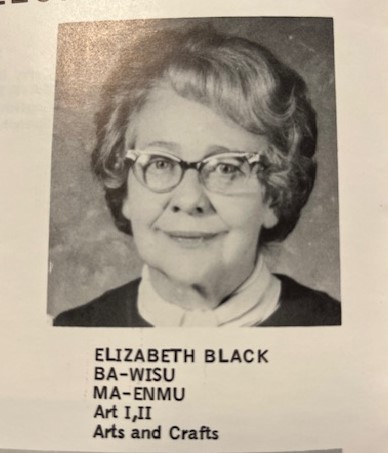
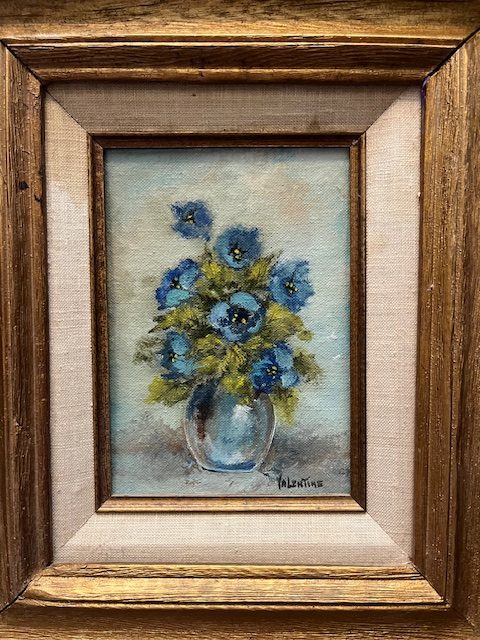
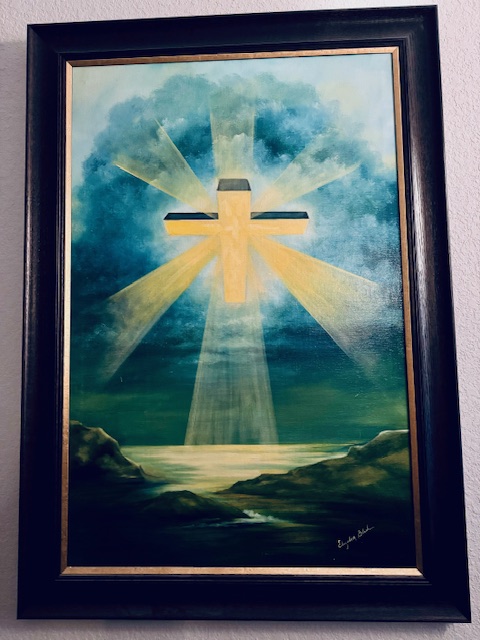
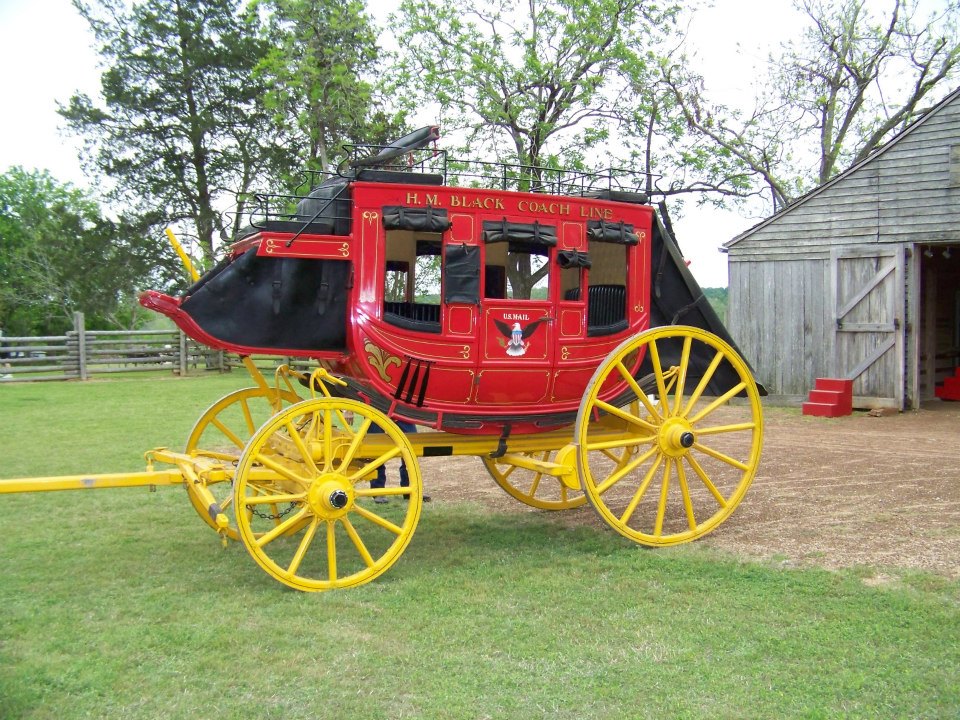
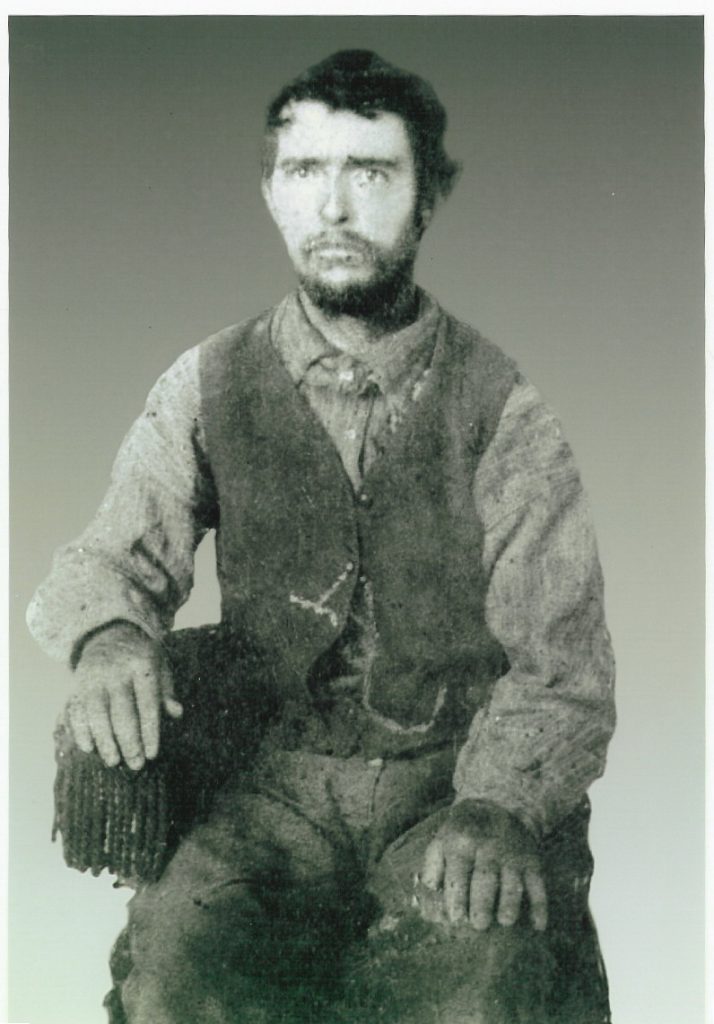
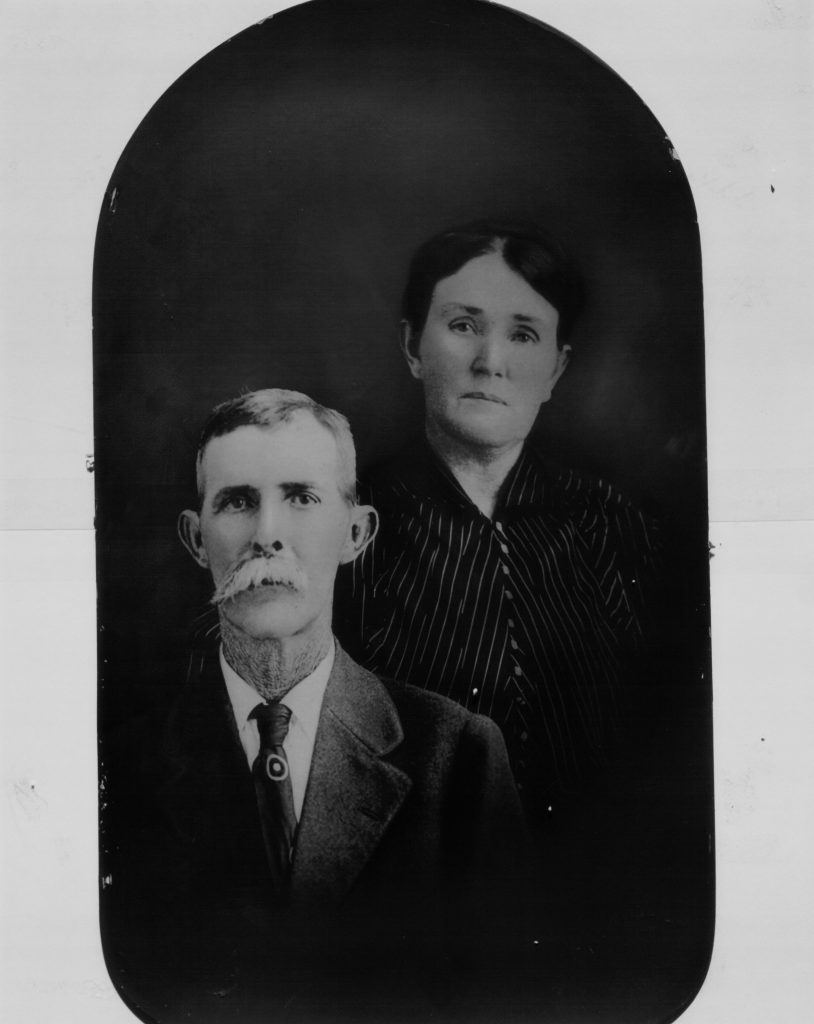
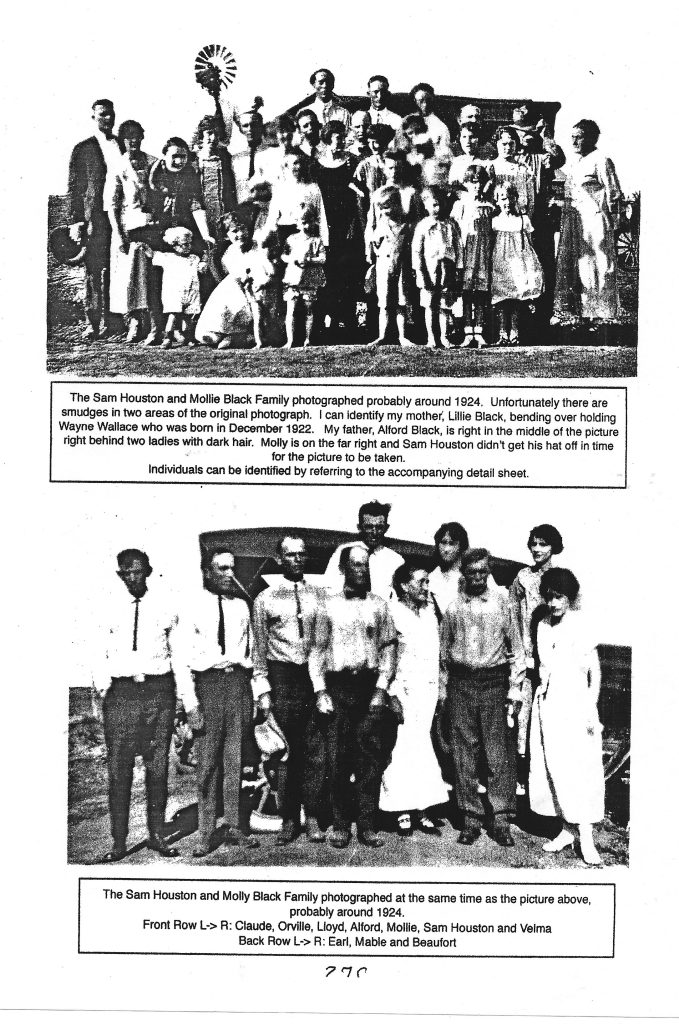
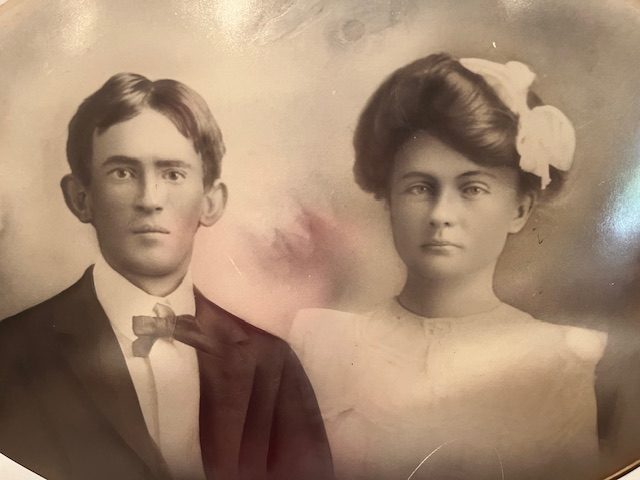
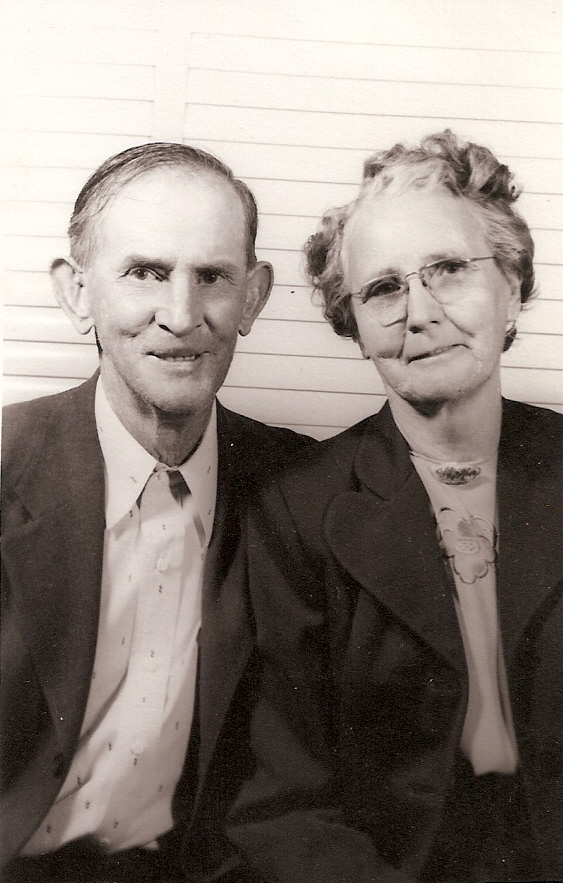
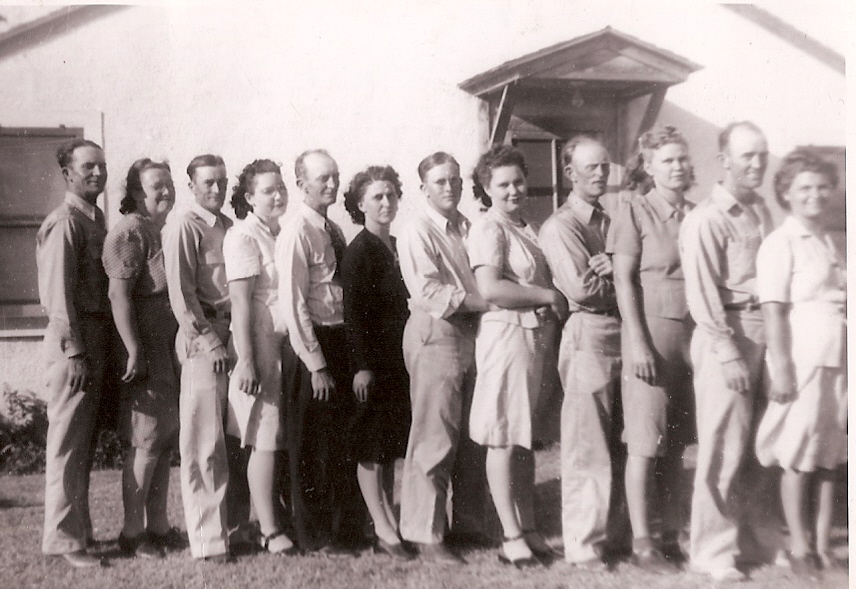
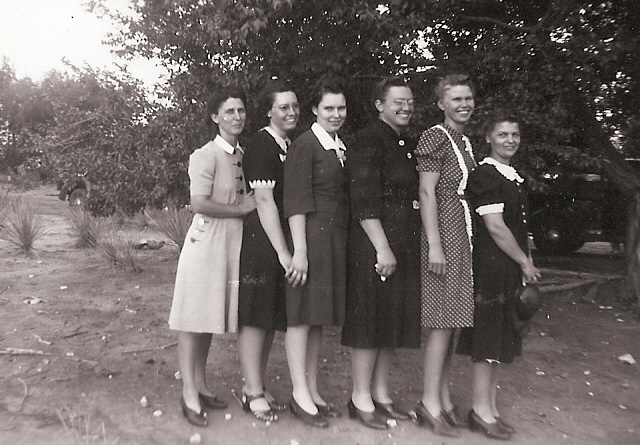
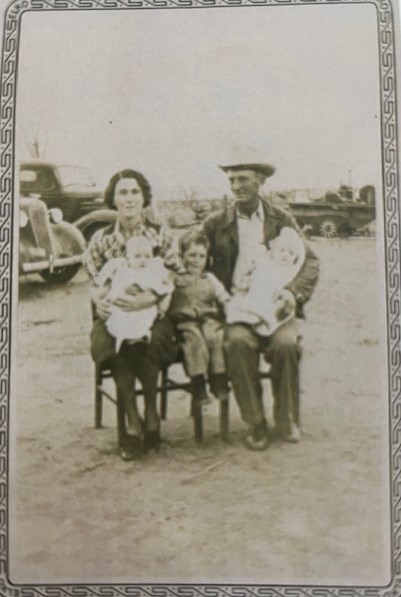
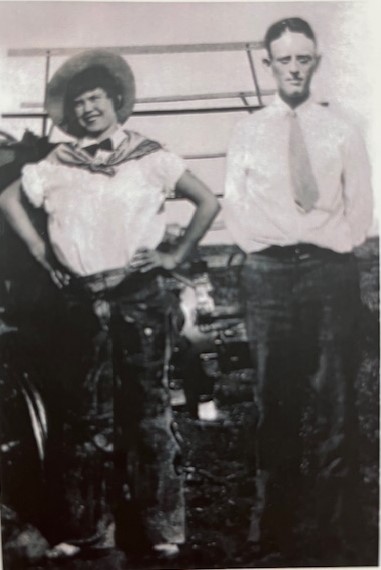
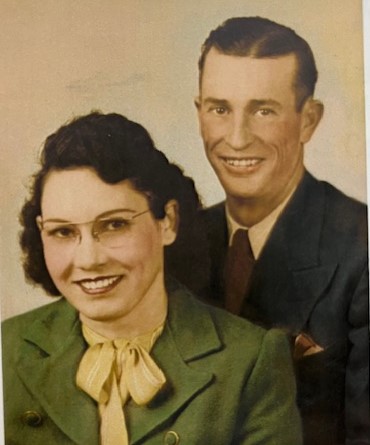
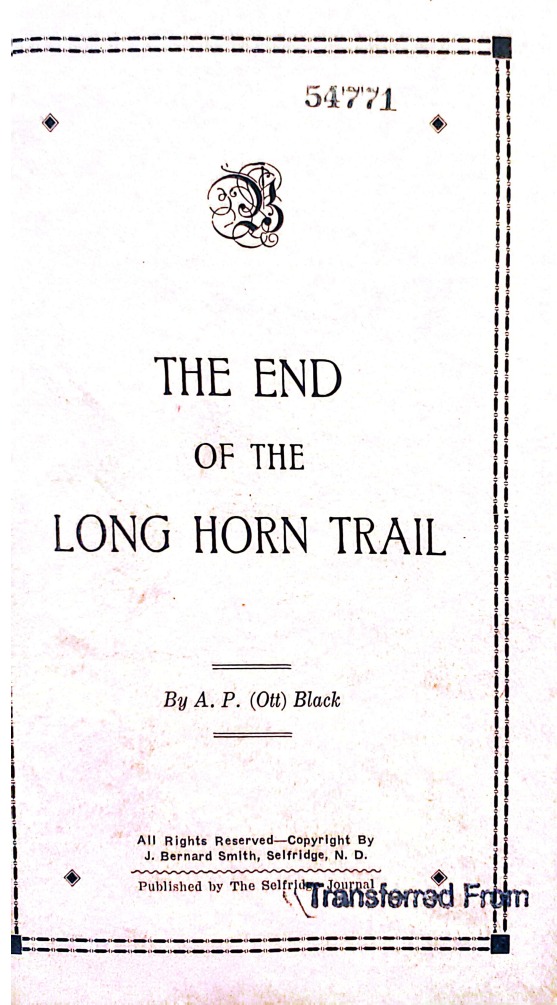
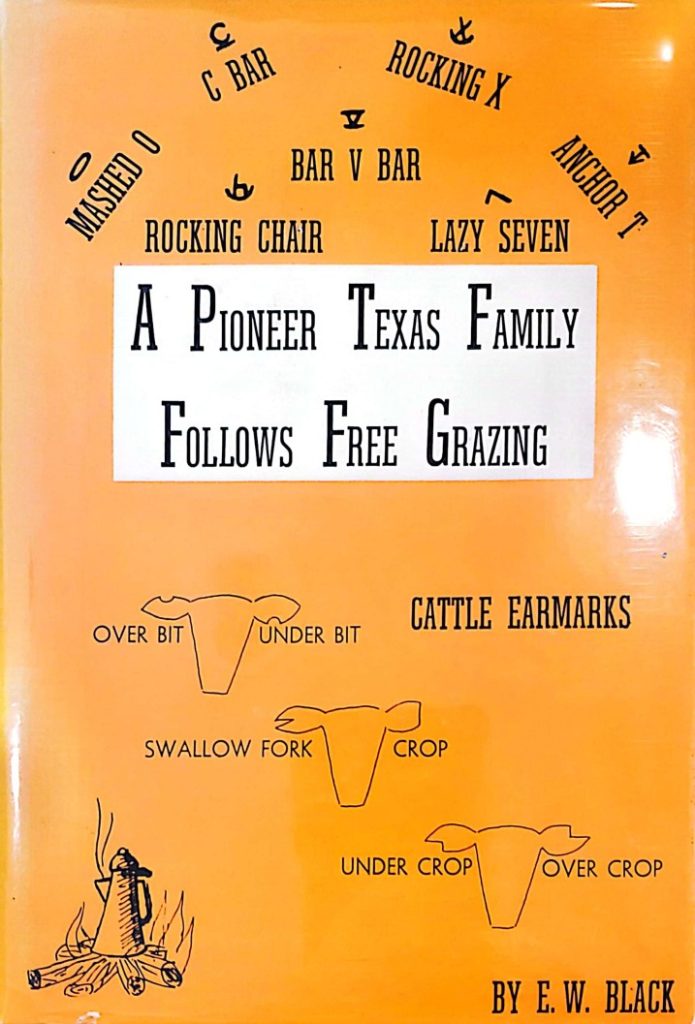
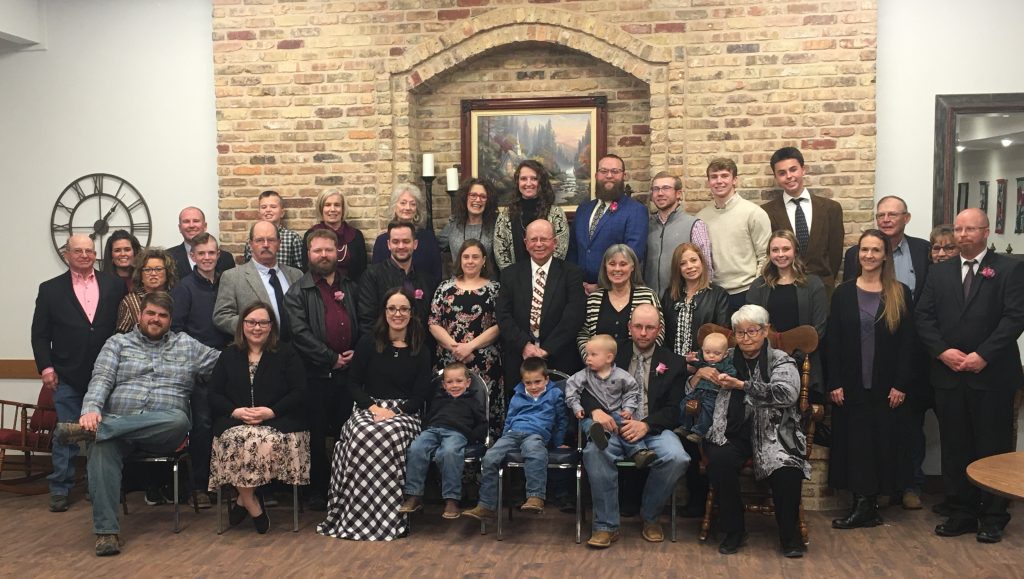
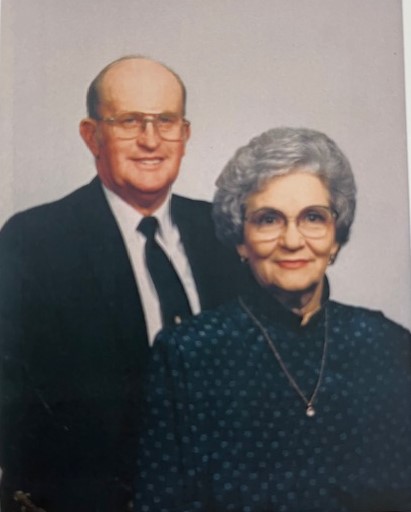
Good job!
Thanks, Mary!
Loved reading this. A lot of history there I didn’t know.
Glad you enjoyed the story, Sheila.
Ray & Zida Mae are my great grandparents. Thank you for sharing this.
You are quite welcome, Amy. I enjoyed writing the story.